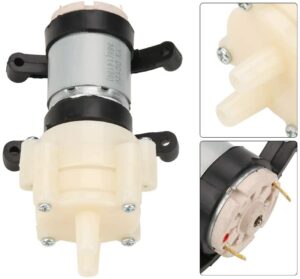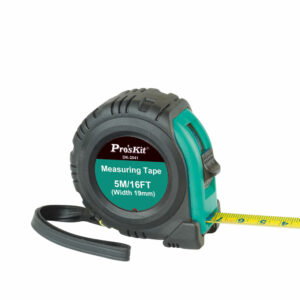MQ-4 Methane Gas Sensor Natural Coal Co Methane Detector Module for Arduino
QR16.00
Description
MQ-4 gas sensor is SnO2, which with lower conductivity in clean air. When the target combustible gas exist, The sensors conductivity is more higher along with the gas concentration rising.
Features:
- High sensitivity to Combustible gas in wide range
- High sensitivity to Natural gas, Methane,Coal gas
- Fast response
- Wide detection range
- Stable performance and long life
- Simple drive circuit
Application:
- Domestic gas leakage detector
- Industrial Combustible gas detector
- Portable gas detector
- Gas leak alarm, Gas detector
Document
Getting started with the MQ-4 Methane Gas Sensor Natural Coal
In this project, we will go over how to build a methane sensor circuit with an arduino. The methane sensor we will use is the MQ-4 sensor. This is a sensor that is sensitive to effects of methane.
Methane (CH4) is a colorless, odorless gas with a wide distribution in nature. Methane is known chiefly as being the principal component of natural gas, which is a mixture containing about 75% methane (CH4), 15% ethane (C2H6), and 5% other hydrocarbons, suh as propane (C3H8) and butane (CH4H10).
The principal use of methane is as a fuel. The combustion of methane is highly exothermic, meaning reactions create the release of a great deal of energy. The energy released by the combustion of methane, in the form of natural gas, is used directly to heat homes and commercial buildings. It is also used in the generation of electric power. During the past decade, natural gas accounted for about 1/5 of the total energy consumption worldwide.
Much debate has been stirred on whether natural gas is more green, meaning better for the environment, than coal. This is because methane, when burned, emits less carbon dioxide than coal. Carbon dioxide, CO2, is a dangerous greenhouse gas. However, when unburned, when it is vented or leaked directly into the atmosphere, methane is far more potent than carbon dioxide. In terms of its contribution to global warming, it is 23 times more powerful than carbon dioxide.
Thus, methane is a powerful gas that can do a lot of good and potentially a lot of bad at the same time.
Therefore, it’s a gas that’s important to monitor. And to do so, we need a methane sensor. So this is the device we will build in this project. OUr device will be able to detect the gas methane and tell us its concentration in the air.
Hardware required
PIN CONFIGURATION
there are 4 leads which need to be connected.

There 4 leads are +5V, AOUT, DOUT, and GND. The +5V and GND leads establishes power for the alcohol sensor.
The other 2 leads are AOUT (analog output) and DOUT (digital output). How the sensor works is the terminal AOUT gives an analog voltage output in proportion to the amount of methane the sensor detects. The more methane it detects, the greater the analog voltage it will output. Conversely, the less CO it detects, the less analog voltage it will output. If the analog voltage reaches a certain threshold, it will send the digital pin DOUT high. Once this DOUT pin goes high, the arduino will detect this and will trigger the LED to turn on, signaling that the methane threshold has been reached and is now over the limit. How you can change this threshold level is by adjusting the potentiometer to either raise or lower the level.
Connecting the Hardware
Connect the MQ-4 Methane Gas Sensor Natural Coal to the arduino UNO as shown below,

The connections are pretty basic.
To connect the sensor, there are 4 leads. 2 of them are for power. The +5V terminal of the sensor connects into the 5V terminal of the arduino board. The GND terminal of the sensor connects into the GND terminal of the arduino. This establishes power for the sensor. The other 2 connections are the analog and digital output of the sensor. These connect to analog pin A0 and digital pin D8, respectively.
Only logged in customers who have purchased this product may leave a review.









Reviews
There are no reviews yet.